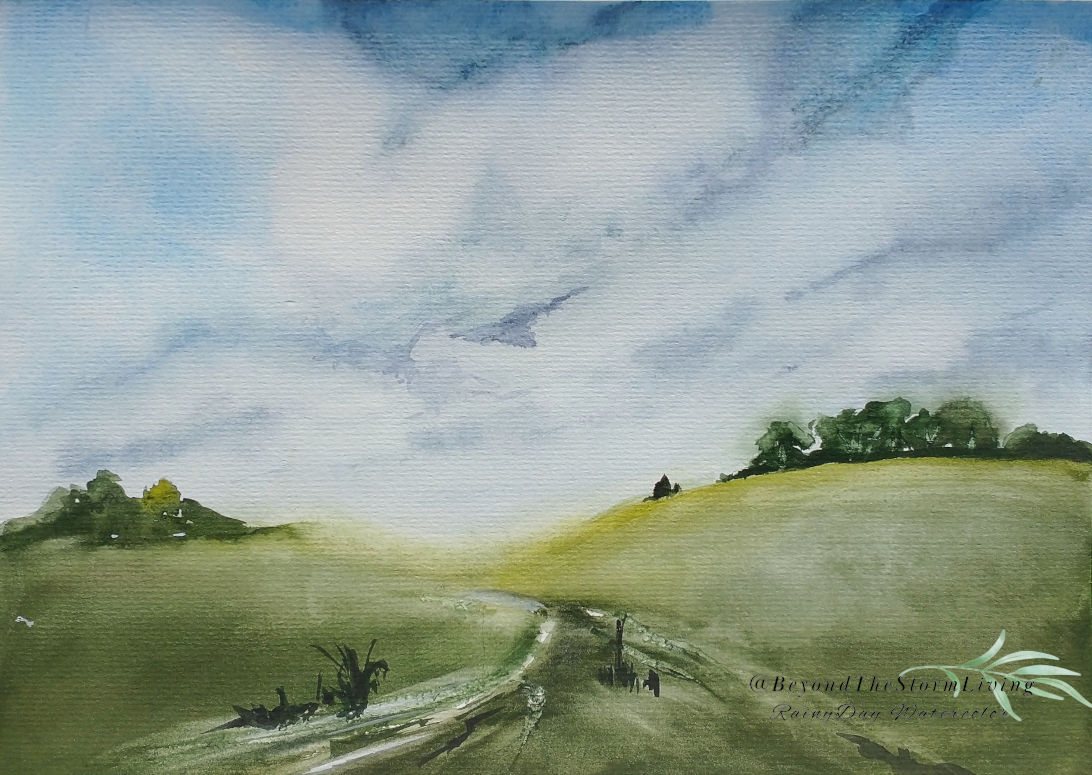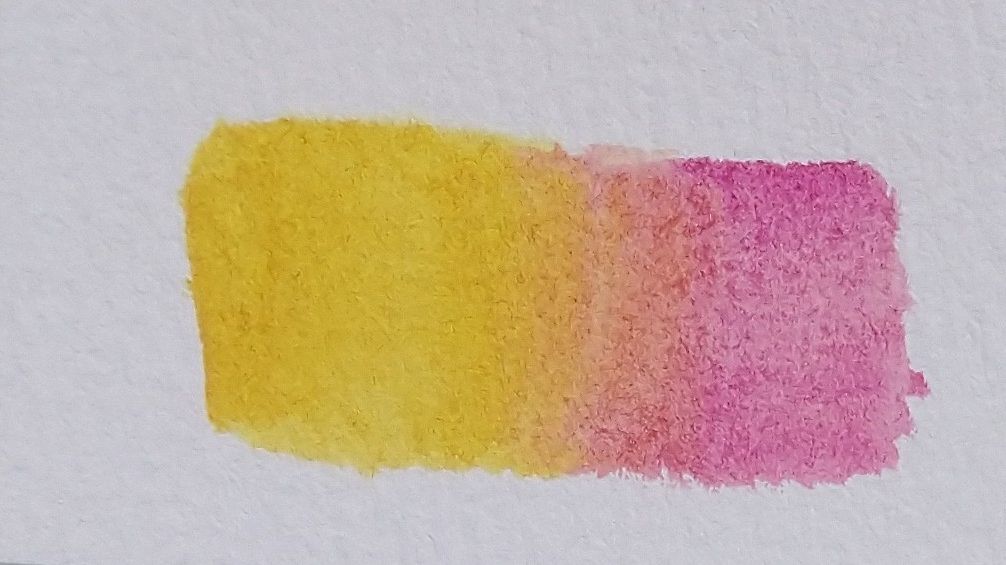Chinese Painting for Stress Relief: Guaranteed Results in Under 15 Minutes
Why Chinese Painting is the Ultimate Stress Relief You Never Knew You Needed
Are you drowning in stress and looking for something that actually works? I'm about to share something that genuinely transformed how I handle daily pressure, and I guarantee you'll feel the effects almost immediately.
Chinese painting isn't just art – it's meditation in motion.
The Magic Happens When You Stop Sketching
Here's what blew my mind: traditional Chinese painting requires no preliminary sketching. You pick up your brush, load it with ink, and paint directly onto the paper.
This sounds terrifying if you're used to Western techniques, but it's exactly why it works so powerfully for stress relief.
When you can't sketch first, you can't overthink. Your mind has no choice but to focus entirely on the present moment – the brush in your hand, the ink flowing onto paper, the simple stroke you're making right now.
The Immediate Effects Are Real (I Promise)
I know it sounds too good to be true, but I'm telling you – you will feel the stress-relieving effects within minutes. Here's what happens:
Within 5 minutes: Your breathing naturally slows down as you focus on brush control
Within 10 minutes: Racing thoughts quiet as you concentrate on stroke direction
Within 15 minutes: That tight feeling in your chest starts to dissolve
Within 30 minutes: You've entered a genuine meditative state
The effects aren't subtle. They're immediate and profound.
Start With Basic Strokes (No Experience Required)
You don't need to paint masterpieces. Chinese painting begins with fundamental brush strokes that are surprisingly therapeutic:
The Bamboo Stroke: Long, confident vertical lines that teach you to breathe and move with intention
Dot Strokes: Small, deliberate marks that require focused attention – perfect for quieting mental chatter
Flowing Lines: Curved strokes that follow the natural movement of your arm and wrist
Leaf Shapes: Simple forms that connect you to nature while building confidence
Each stroke demands your complete attention. There's no room for worry about work, relationships, or tomorrow's to-do list.
Why Chinese Painting Beats Other Stress Relief Methods
Unlike deep breathing exercises – you're not thinking about breathing; it happens naturally as you paint
Unlike meditation apps – you're creating something beautiful, not just sitting with your thoughts
Unlike journaling – you're expressing feelings through movement and color, not analyzing them
Unlike yoga – you can do this sitting down, with just a brush and some ink
The No-Sketch Rule Changes Everything
Western art teaches us to plan, sketch, and perfect. Chinese painting teaches the opposite: trust, flow, and accept.
When you can't erase or start over easily, you learn to:
- Accept imperfections as part of beauty
- Stay present instead of worrying about the outcome
- Trust your instincts rather than overthinking every mark
- Find peace in the process rather than stressing about results
This mindset shift doesn't stay on the paper – it flows into your daily life.
Getting Started Is Ridiculously Simple
You need literally four things:
✓ Rice paper (or even regular paper to start)
✓ Black ink or watercolor
✓ A soft brush
✓ A small dish for water
That's it. No expensive supplies, no special studio, no years of training required.
🏮 Want a More Authentic Experience?
You can try more traditional supplies that won't break your bank:
• Rice Paper: Creates beautiful ink bleeding effects and feels wonderfully soft #afflink
• Chinese Ink (Sumi ink): Rich, deep black that flows smoothly and mixes beautifully. The best feature-completely odorless! #afflink
• Larger Brushes: Perfect for bold, sweeping strokes and washes #afflink
• Fine Detail Brushes: For delicate lines and precise dot work #afflink
These traditional materials enhance the meditative experience and connect you to centuries of artistic tradition!
Start tonight. Seriously. Get some black paint or ink, find any soft brush, and spend 15 minutes practicing simple vertical lines and dots.
The Science Behind Why This Works
Chinese painting activates the same brain states as meditation:
• Focused attention quiets the default mode network (where anxiety lives)
• Repetitive brush movements trigger the relaxation response
• Creating something beautiful releases feel-good endorphins
• The no-sketch approach forces mindfulness
Your nervous system literally can't stay in stress mode when you're fully absorbed in brush control and ink flow.
My Personal Experience
I started Chinese painting during one of the most stressful periods of my life. Within three sessions, I noticed something incredible: the tight knot of anxiety in my chest would dissolve within minutes of picking up the brush.
After a week of regular practice, I was sleeping better, reacting less to daily stressors, and finding moments of genuine calm throughout my day.
The effects are cumulative. The more you practice, the easier it becomes to access that peaceful state, even away from the painting table.
Try It Right Now
I challenge you to test this tonight. Get some black ink or paint, any brush you can find, and spend just 10 minutes making simple strokes on paper.
Don't aim for anything recognizable. Just focus on:
• How the brush feels in your hand
• The sound of bristles on paper
• The flow of ink as it spreads
• Your breathing as you move
I guarantee you'll feel different after those 10 minutes. Not "maybe a little calmer" different – genuinely, noticeably more peaceful.
The Bottom Line
Chinese painting isn't just an art technique – it's a direct path to inner calm. The no-sketch approach forces you into the present moment, and the simple brush strokes create an immediate meditative state.
In our hyperconnected, always-on world, we need practices that can quickly shift us out of stress mode. Chinese painting does exactly that, and it does it fast.
Give it a try tonight. Your stressed-out nervous system will thank you.
🎨 Explore More Chinese Art Techniques:
Master the Art of Sumi-e: Traditional Japanese Ink Painting →
Have you tried Chinese painting for stress relief? I'd love to hear about your experience in the comments below.


















